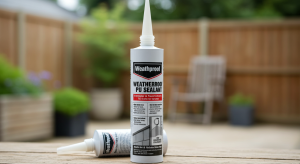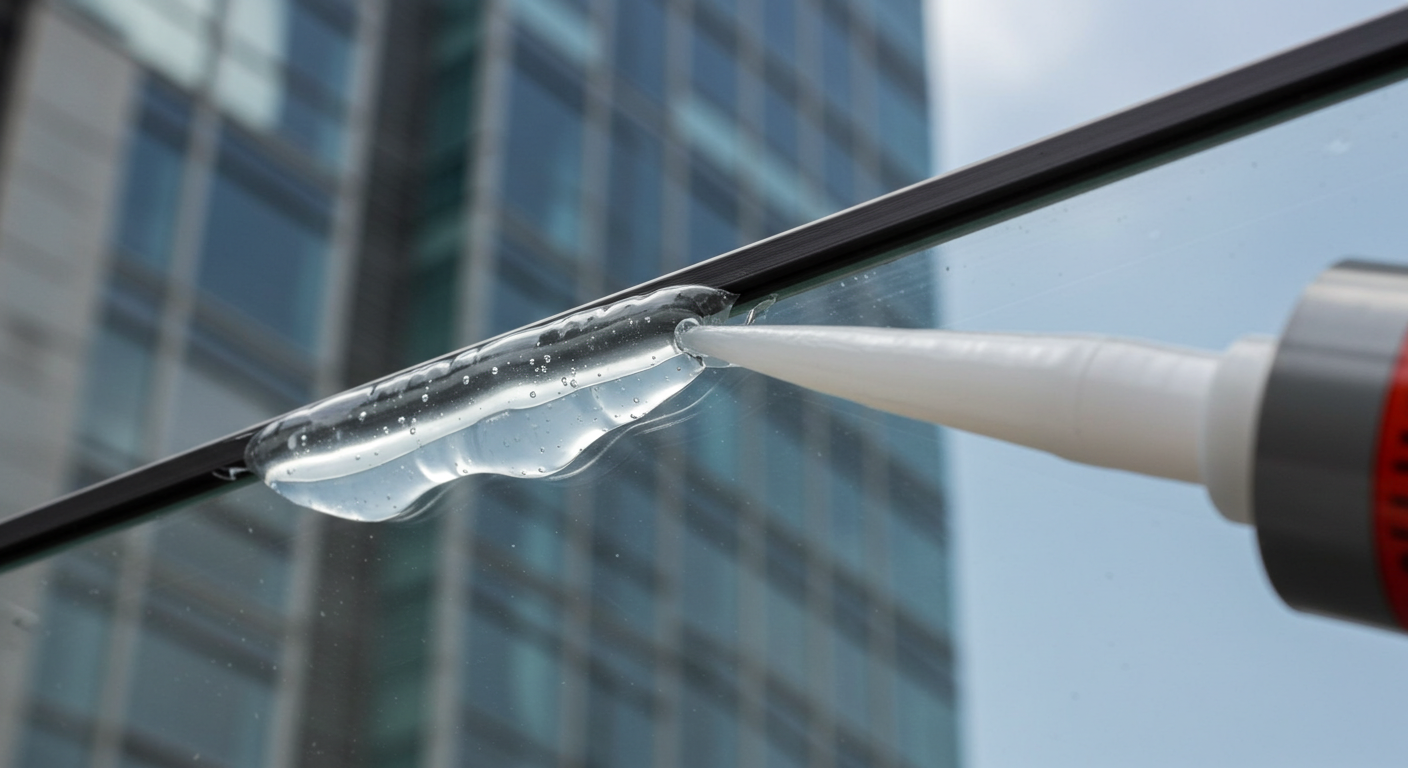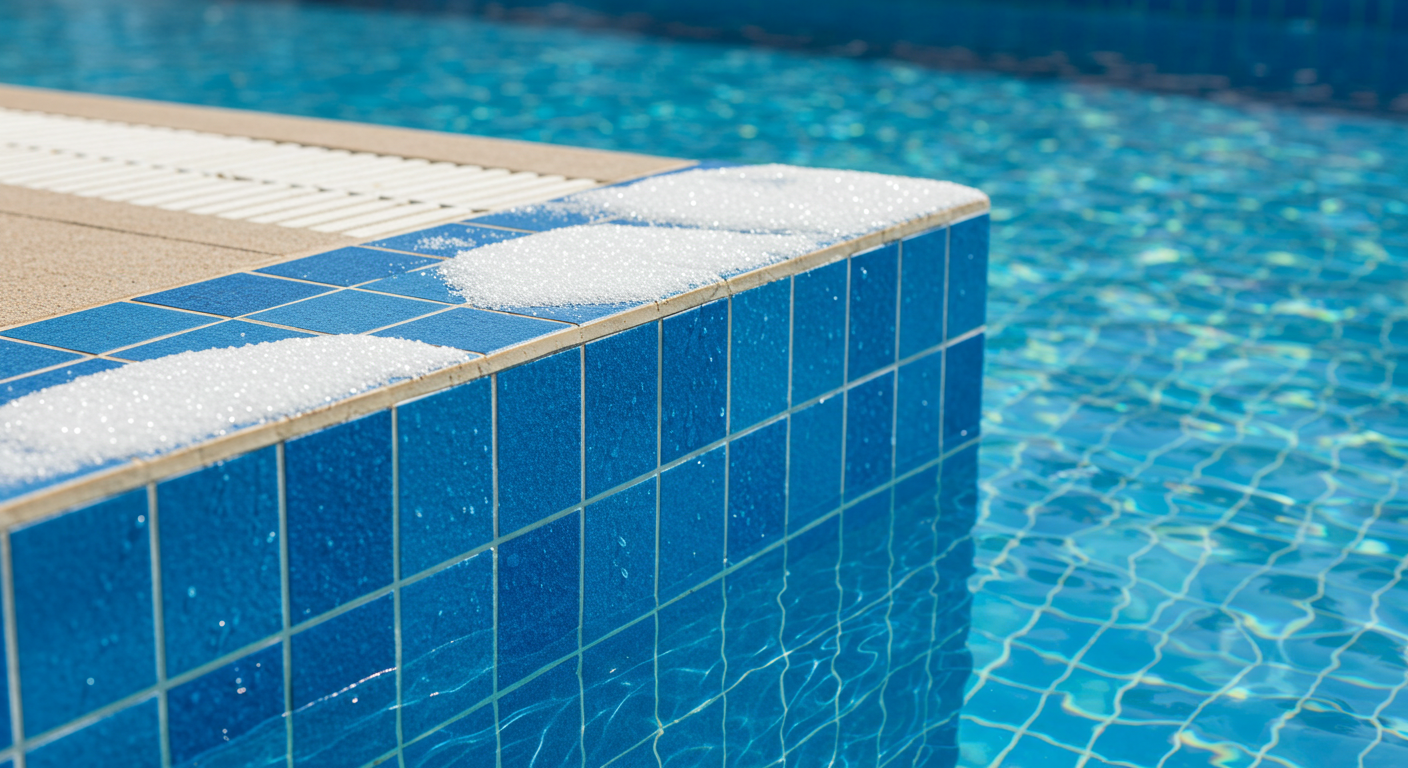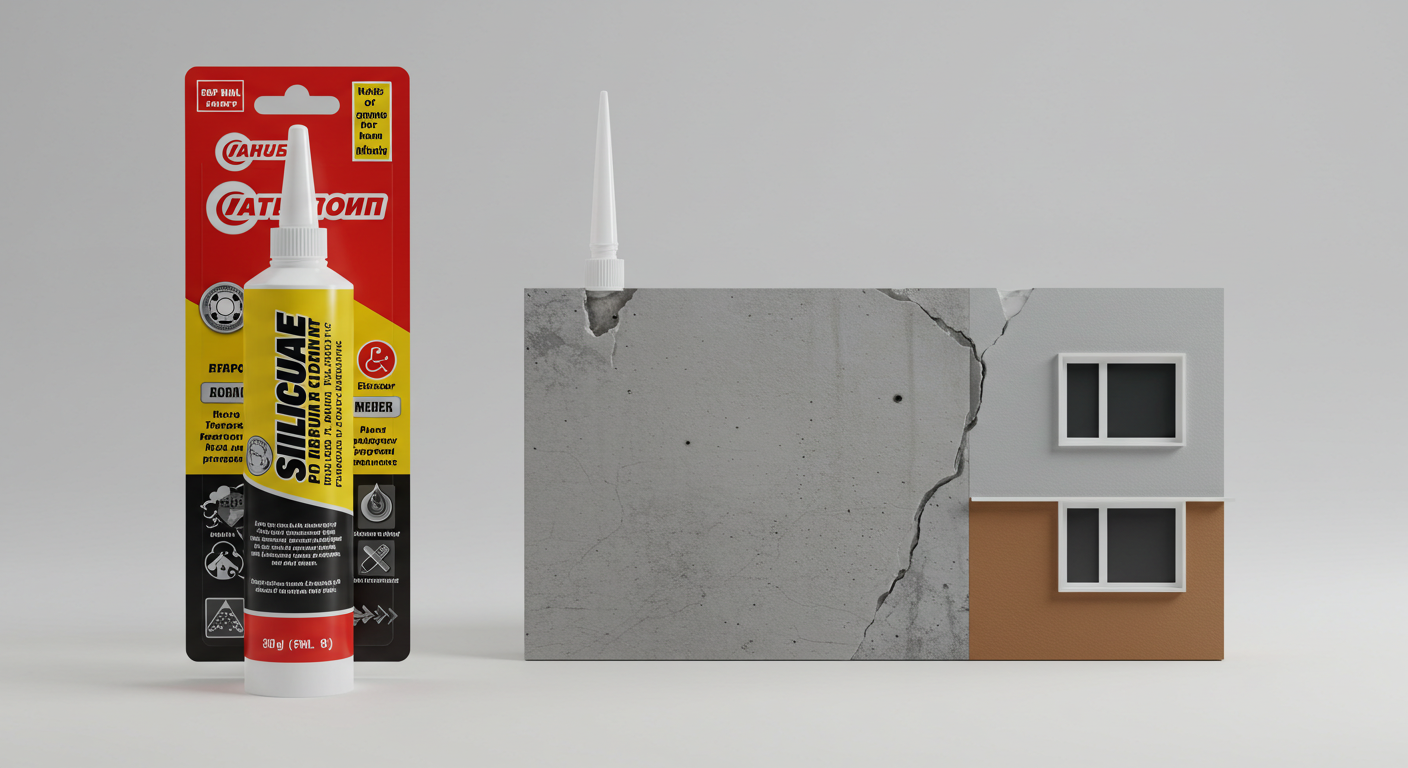Weatherproof PU Sealant for Outdoor Use: The Ultimate Guide to Long-Lasting Protection
2025-02-01

Introduction
Imagine this—you’ve just installed a beautiful new outdoor deck or sealed the perimeter of your windows, ready to enjoy the cozy comforts of your outdoor space. But after the first heavy rain, you notice water seepage or cracks forming in what you thought was a perfectly sealed area. This is where a weatherproof PU sealant can save the day. With outdoor environments facing a mix of temperature fluctuations, rain, UV exposure, and general wear, selecting the right sealant can make all the difference between short-lived fixes and lasting protection.
In this blog post, we’ll dive into what makes weatherproof PU sealants unique, how they compare to other sealants, and why they’re a staple in outdoor construction projects. We’ll also share practical tips on choosing the best product for your needs and maintaining long-term protection.
What is Weatherproof PU Sealant?
A PU (polyurethane) sealant is a flexible, high-performance sealing material commonly used in construction and outdoor applications. What sets it apart is its superior adhesion, flexibility, and resistance to environmental stressors such as moisture, UV rays, and temperature changes. These properties make it ideal for sealing joints, cracks, and gaps in outdoor areas like:
- Concrete and masonry joints
- Roofing and gutters
- Windows and door frames
- Decking and patios
Unlike traditional sealants that may crack under pressure or weather exposure, PU sealants maintain their elasticity, ensuring long-term performance even in fluctuating conditions.
Key Benefits of Weatherproof PU Sealant
Strong Adhesion Across Multiple Surfaces
Whether you’re working with wood, metal, concrete, or glass, PU sealants are known for their excellent bonding capabilities. They stick firmly to surfaces, creating a watertight seal that keeps moisture out and prevents air leaks. This makes them ideal for outdoor construction projects where surface materials vary.
Exceptional Durability and Flexibility
Outdoor spaces undergo a constant cycle of expansion and contraction due to changing temperatures. A weatherproof PU sealant is designed to stretch and move with these fluctuations, preventing cracking or separation over time. This flexibility ensures that the seal remains intact even in extreme weather conditions, such as heavy rainfall or scorching sun.
Water and UV Resistance
Unlike some traditional sealants, PU sealants do not degrade easily when exposed to water or prolonged sunlight. Their resistance to UV rays helps them maintain their structural integrity and color, preventing cracking, fading, or hardening. This feature is especially important in regions with high sun exposure or unpredictable weather patterns.
Protection Against Mold and Mildew
In areas prone to moisture, mold and mildew growth can cause significant damage, both to the surface and the underlying materials. PU sealants provide an additional layer of defense by creating a barrier that prevents water infiltration and reduces the likelihood of mold development, preserving the cleanliness and longevity of outdoor structures.
Increased Energy Efficiency
By sealing gaps and cracks in outdoor surfaces such as windows and doors, PU sealants help prevent air leaks that could compromise indoor temperature regulation. This contributes to improved energy efficiency, reducing heating and cooling costs in both residential and commercial spaces.
Comparing PU Sealants to Other Types of Sealants
Choosing the right sealant often involves comparing it to alternatives like silicone, acrylic, and epoxy. Here’s a breakdown of how PU sealants measure up:
| Feature | PU Sealant | Silicone Sealant | Acrylic Sealant | Epoxy Sealant |
|---|---|---|---|---|
| Durability | High (resistant to extreme conditions) | High (good for water exposure) | Moderate (prone to cracking) | High (very strong but less flexible) |
| Flexibility | Excellent (handles movement effectively) | Moderate (limited flexibility over time) | Low (can become brittle) | Low (rigid, may crack under movement) |
| UV Resistance | Strong (won’t degrade in sunlight) | High (resistant to fading) | Low (prone to discoloration) | Low (can degrade when exposed to sunlight) |
| Water Resistance | Excellent (prevents leaks) | High (waterproof) | Moderate (may absorb moisture) | High (waterproof but less versatile) |
| Surface Compatibility | Versatile (adheres to multiple surfaces) | Excellent for glass and metal | Limited to wood and concrete | Best for rigid surfaces like concrete |
As the table shows, PU sealants strike a balance between durability, flexibility, and resistance, making them an excellent all-around choice for outdoor applications.
Common Uses of Weatherproof PU Sealants
Sealing Joints and Cracks in Concrete
Outdoor concrete structures, such as driveways, patios, and retaining walls, are prone to cracking due to temperature changes and settling. PU sealants fill these gaps effectively, preventing water from seeping in and causing further damage. By protecting concrete surfaces, PU sealants extend their lifespan and reduce costly repairs.
Waterproofing Windows and Door Frames
PU sealants create an airtight and watertight seal around window and door frames, keeping rain and drafts out while improving energy efficiency. This application is especially important in areas that experience heavy rainfall or extreme weather conditions. Properly sealed windows and doors can help maintain a comfortable indoor environment and reduce energy consumption.
Roof and Gutter Sealing
Roof leaks can cause significant damage if left unchecked. PU sealants are often used to seal flashing, roof penetrations, and gutters, preventing water infiltration and extending the life of roofing materials. Sealing roof joints not only prevents water damage but also protects against ice dams and structural deterioration during colder months.
Outdoor Decking and Wood Structures
Wooden decks and patios are constantly exposed to moisture, which can lead to warping, rot, and fungal growth. Applying a PU sealant on joints and seams protects the wood from moisture damage while maintaining its natural beauty. This also helps preserve wooden surfaces from damage caused by freeze-thaw cycles.
Sealing Stone or Masonry Features
Garden walls, pathways, and decorative stone structures benefit greatly from PU sealants. Sealing joints in stone or masonry helps prevent water infiltration, which can cause erosion and long-term structural issues. PU sealants offer the added benefit of flexibility, allowing the seal to adjust with natural settling over time.
How to Choose the Right PU Sealant for Outdoor Use
With so many products available, selecting the right PU sealant can be overwhelming. Here are key factors to consider:
Type of Application
Different outdoor projects require different types of PU sealants. For example, a self-leveling PU sealant is ideal for horizontal surfaces like driveways and patios, while a non-sag formula works well for vertical applications like walls and window frames. Be sure to check the product specifications to match the sealant to the intended surface.
Environmental Conditions
Consider the weather conditions in your area. If you live in a region with heavy rainfall, prioritize a PU sealant with superior water resistance. For areas with high UV exposure, choose a product specifically designed to resist sunlight without cracking or discoloration.
Surface Compatibility
Ensure that the sealant is compatible with the materials you’re working with, whether it’s wood, concrete, glass, or metal. Some PU sealants are designed for general use, while others are formulated for specific applications, such as marine environments or industrial settings.
Curing Time and Flexibility
Curing time varies depending on the product. Quick-curing sealants are ideal for projects that require fast completion, while slower-curing options may offer better long-term flexibility. Check the product specifications to choose what works best for your project timeline.
Application Tips for Optimal Performance
Surface Preparation
Before applying the sealant, ensure that the surface is clean, dry, and free of debris. Use a wire brush or pressure washer to remove dirt and old sealant residue. Proper surface preparation is crucial to achieving a strong, long-lasting bond.
Use the Right Tools
A high-quality caulking gun is essential for precise application. Cut the nozzle at an angle for better control and apply the sealant evenly along the joint or crack. For large or irregular surfaces, consider using a putty knife for smooth application.
Smooth and Finish the Sealant
After application, use a smoothing tool or a gloved finger to smooth out the sealant and ensure proper adhesion. This step also helps eliminate air bubbles that could compromise the seal. For aesthetic purposes, ensure a clean, even finish by wiping away excess sealant.
Allow Adequate Curing Time
Follow the manufacturer’s instructions regarding curing time. Avoid disturbing the area during this period to ensure the sealant sets properly and forms a strong, durable bond. Curing time can vary based on temperature and humidity levels, so consider local conditions when planning the application.
Maintenance and Longevity
Regular maintenance is key to ensuring the long-term performance of PU sealants. Periodically inspect sealed joints and cracks for signs of wear or damage. Clean the area with mild soap and water, and reapply the sealant as needed to maintain its protective barrier. In high-traffic areas or places prone to wear, annual inspections are recommended to address minor issues before they become larger problems.
Conclusion
Weatherproof PU sealants are a reliable solution for outdoor projects, providing durability, flexibility, and long-lasting protection against the elements. Whether you’re sealing windows, repairing concrete, or protecting wooden decks, a high-quality PU sealant can help you achieve a watertight seal that stands the test of time. By selecting the right product and following proper application techniques, you can protect your outdoor spaces from water damage, mold growth, and environmental wear.
For further information on choosing the best sealant for your specific project, consult product guides and expert recommendations to ensure a successful and lasting seal.




